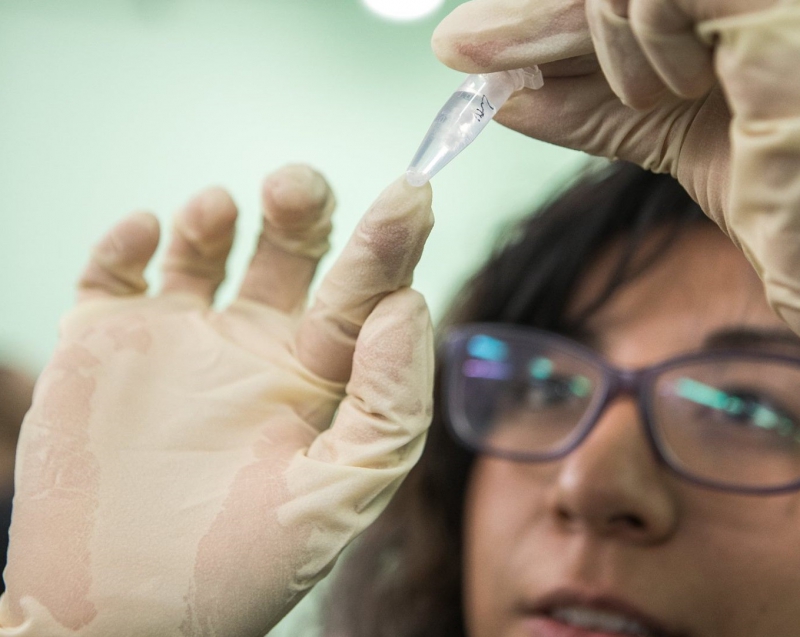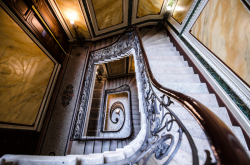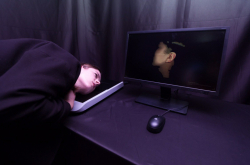It was over 30 years ago that Joe Davis and geneticists from Harvard became the first to encode a graphic image in a bacteria's DNA as part of an art project. Thir results were cited in several scientific publications, such as in George Church's article on the prospects of using DNA as a digital data storage.
Earlier this month, Joe Davis came to Russia with his workshop "The Alchemy of Silk". The event took place on December 1 at SKBioLab, Skolkovo’s open access biotechnology laboratory.
The event was organized by Olga Vad, the head of Art&Science department of the Polytechnic museum, and head of SkBioLab Ippolit Markelov.
“Joe Davis is unique in that he doesn't just get inspiration from scientific knowledge, but can talk to biologists as an equal, he has a keen knowledge of scientific techniques and applies scientific methods in creating his works," says Olga Vad. "In the end of 1980s, MIT invited him to join George Church's laboratory that focused on transformative science in the field of molecular biology. For us as a science museum, such a practice is most interesting, and next year, we’ll be launching a series of creative laboratories where artists and scientists will collaborate on various projects. I also want to specially focus on our collaboration with SkBioLab. I am sure that the current workshop will become first in a long line of joint projects executed as part of our museum's Art&Science programs.”
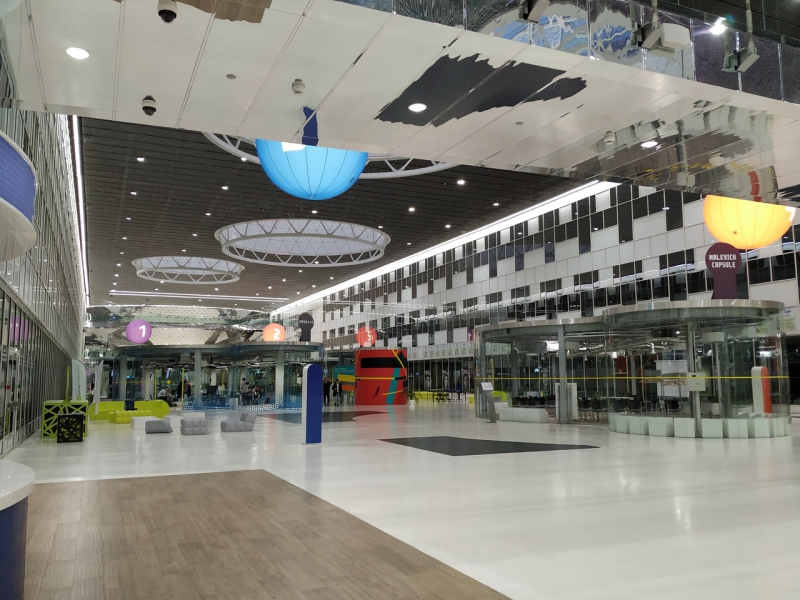
"We got to know Joe in 2016 at the ARS ELECTRONICA festival in Austria, and we've been keeping in touch since then. I want to note that hosting Joe Davis's public lecture and the "Bombyx chrysopoeia" workshop at SkBioLab became possible thanks to the well-coordinated work of the team from Polytechnic Museum, the participation of the artistic community and support from the U.S. Embassy in Moscow,” explains Ippolit Markelov. “Our laboratory's main goal is to create an open atmosphere of a bio-hackspace which would be comfortable for everyone: startups in the field of biomedicine and research teams as well as participants of interdisciplinary projects, for example, artists involved in bioart. The recent collaboration with Joe Davis is a unique experience for not just those who attended the workshop, but us as well".
He also adds that the workshop is part of the Bombyx chrysopoeia project for which Joe Davis and his colleagues have bred a genetically modified silkworm. These silkworms produce silk that contains silicatein - a protein retrieved from the Tethya aurantia sponge. Under Mr. Davis's guidance, the workshop's participants learned the method for biomineralization of proteins and created silk threads with outstanding properties. Such silk can have many applications in art, fashion, and applied science, comments Ippolit Markelov.
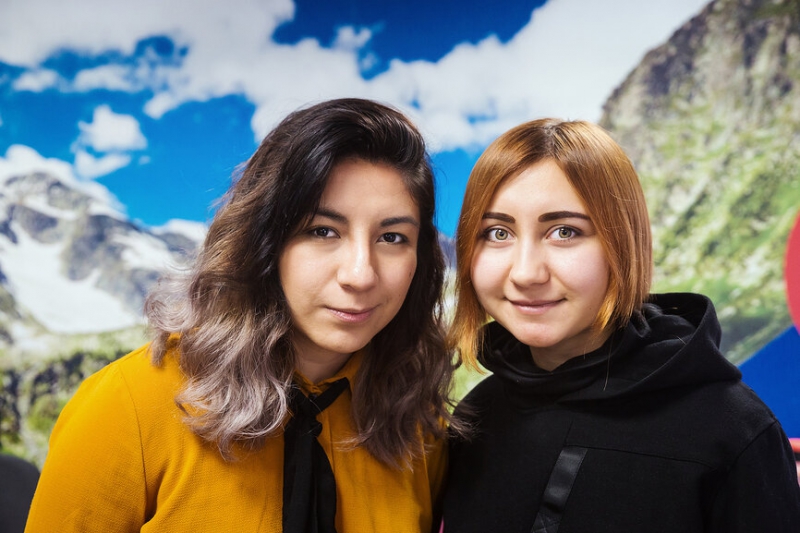
Among those who attended the workshop were Liliana Gareeva and Laura Elidedt Rodriguez Torres from ITMO University, students of Russia's first Master's program in Art&Science. In an interview for ITMO.NEWS, they talked about their plans for using the newly acquired knowledge.
Why did you decide to join the workshop?
Laura: I learned about this workshop from our program’s group chat. Then I went to the Polytechnical Museum’s website and learned that the workshop was to take place at Skolkovo Institute of Science and Technology, which I know well because I used to be a student there.
What's more, learning that it would be Joe Davis in charge of the workshop was an unexpected surprise. Last year, when I decided that I'll be focusing on the field of Art&Science, I made a list of people whom I wanted to meet. Joe Davis was the top of the list.
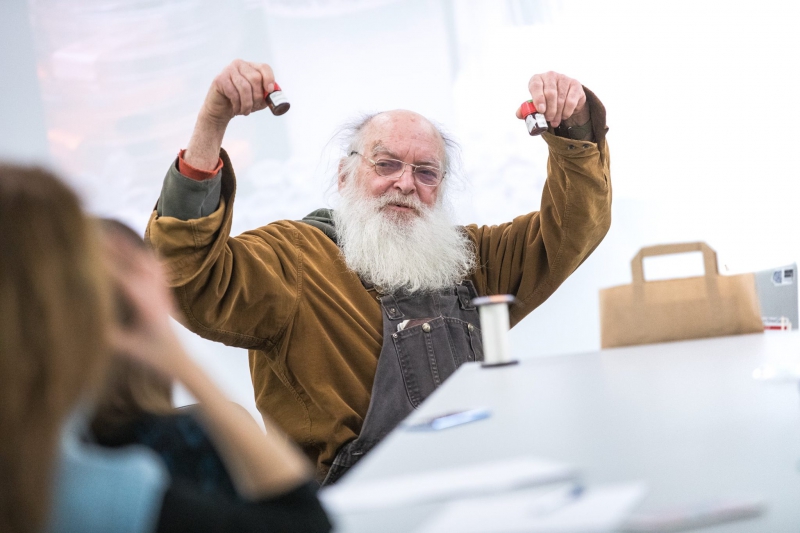
He is a pioneer of BioArt, and a really important person in this field. If it's bioart that you want to learn about, you start by learning about his work. 30 years ago, when no one could tell how biotechnologies will affect us, he already began working in this field. Naturally, I had no doubts about participating in this workshop.
Liliana: I've always liked going to such events, and I was also curious to see Skolkovo. As I was looking for something of this kind, I came across the application for a workshop by Joe Davis on the Polytechnical Museum's website. I already knew about his work, so I wrote a motivation letter, sent it, and later, when I was at a lecture, our program coordinator wrote to me that I got included on the list of participants.
How was the event organized? What tasks did you get to solve?
Liliana: The event was arranged in two parts. First, Joe Davis spoke about his work and projects at the intersection of science and art that he's been doing lately. The second part was dedicated to practical work at the laboratory.
Laura: Our tasks were part of the project that Joe Davis presented earlier. It is dedicated to the biomineralization of transgenic silk. We had to process silk threads that were produced by special genetically modified silkworms. As result, we got silk fibers that structurally imitate gold (you can read more about the project here).
What were the most important things you learned there?
Liliana: Most importantly, we got to meet Joe Davis himself, learn about his work in his own words, get an idea of how he built up his experience and knowledge throughout his career and study his approach to research.
Laura: It was the same for me. It is always important to know where to find inspiration, knowledge, and motivation for your work. As I majored in biology and biotechnology, my interests are directly related to his research field. Also, some things that he told us were new to me, even though most things that we did were fairly basic.
Liliana: If it is particular practical methods that we're talking about, I knew most of them from my Bachelor's years. Still, the idea itself and the approaches to using these methods are novel indeed.
How do you plan to apply this experience in your future work?
Liliana: I think that it would've been interesting to apply these ideas in my thesis paper. At the end of our program, we are to present a project of our own. For this project, we'll have to choose some scientific methods, and show how they can be used to create art projects.
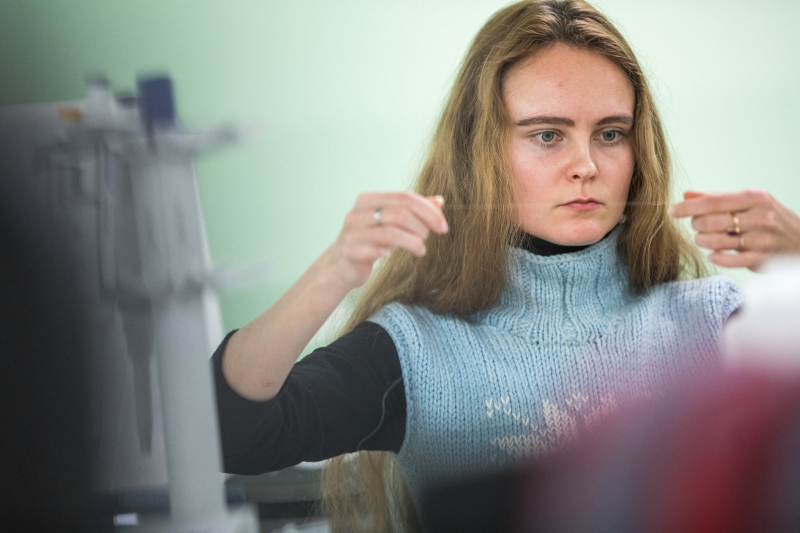
For now, I am checking out various topics and fields that I am most interested in, gathering materials and generating ideas. By the end of my first year, I will be able to analyze this information and decide on the area to focus on. I think that the experience that I got from Joe Davis's workshop will be a great help in this regard.
Laura: My situation is more or less the same. As I am now starting to focus on art instead of science, I learn lots of new information: key fields, trends, methods. This helps me understand which development path to pursue.
The most important thing that I learned from the workshop is that you have to brave and not be afraid of creating something new. When you look at those works, you start to understand that you can create something at the intersection of art and science, too.
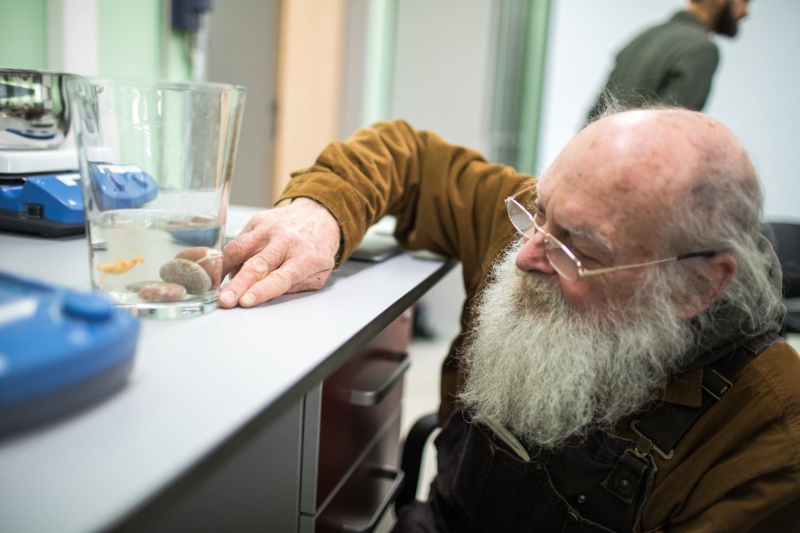
What are the areas and trends of Art&Science that you are already interested in?
Laura: I am really interested in studying the microcosm: bacteria, viruses, how they affect humans and our behavior. What is more, I am really interested in studying the different behavior models and how these external factors are connected to the microbiome. I can say that bioart is among the fields that I am most interested in.
Liliana: For now, I am more interested in the technical fields such as robotics and AI. I really want to study the interaction between humans and AI. I think my project will have to do with this field, but I am still gathering the necessary information. I already have some knowledge, but it's still hard for me to tell what me project will be like.
I have a background in design, but I still want to maintain the balance between art and science. A good knowledge of Computer science is very important in this regard, which is why I want to learn more about how neural networks function.
In your opinion, what are the work prospects in the field of Art&Science in Russia and in the world?
Laura: Right now we are only making our first steps and learning about the whole range of opportunities in this field. When you're doing your Master's program, what's most important is to learn various skills. This is exactly what I'm doing. Today, there are lots of opportunities to do that: different courses and workshops are a huge help. It is great that we'll become the first generation of Art&Science graduates, and it will be us who'll be shaping the future of this field.
